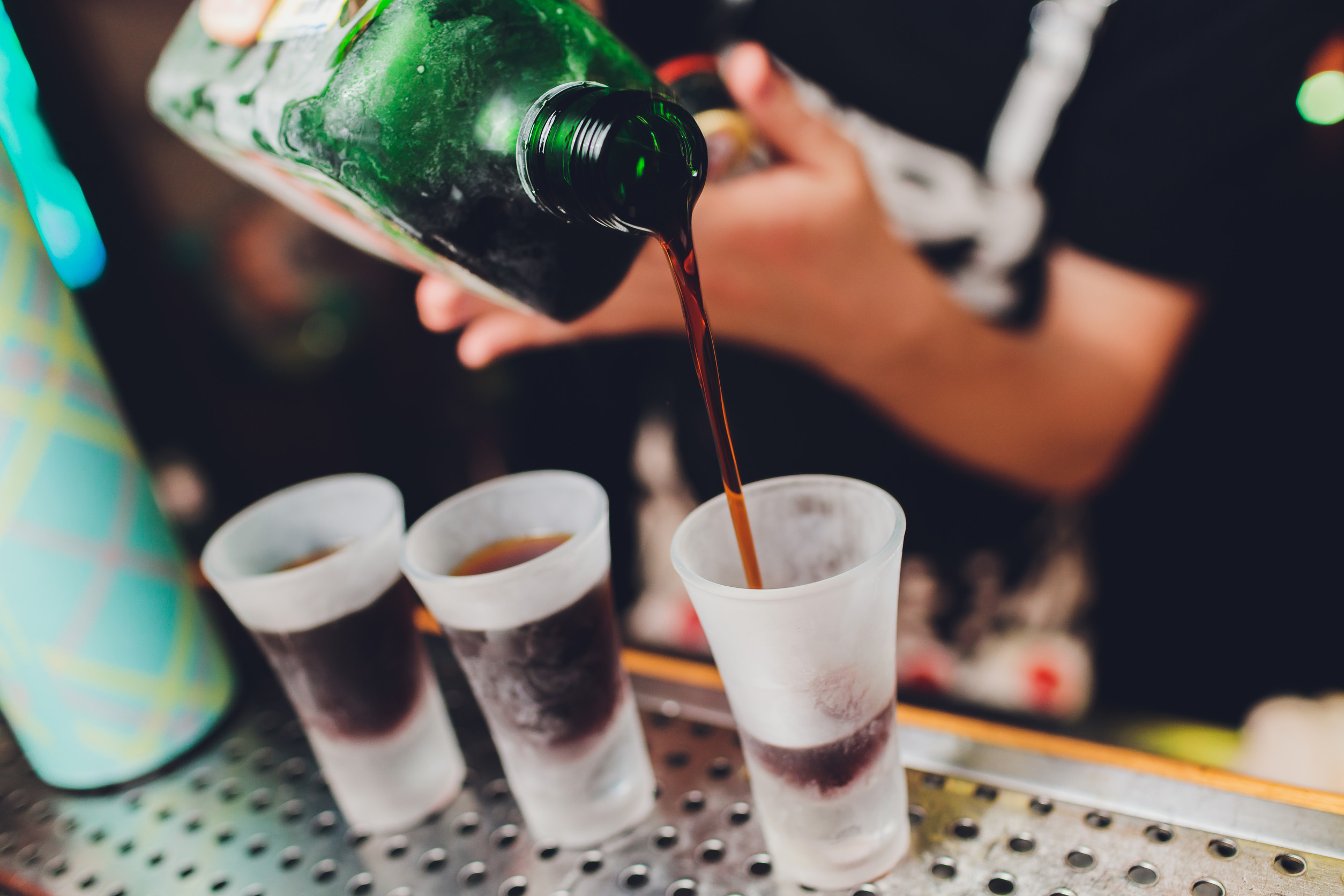

We’ve all heard the classic sayings—“Beer before liquor, never sicker,” or “coffee sobers you up.” These phrases get passed around like truth at parties, bars, and college campuses. But the truth is, many of these so-called facts are nothing more than persistent alcohol myths. Thanks to modern research, we now have science to separate fiction from fact, and some of the findings might surprise you. If you want to drink smarter (and safer), it’s time to bust the myths wide open.
1. Myth: Beer Before Liquor Makes You Sicker
This age-old rhyme has been around for generations, but it’s not grounded in science. What really makes you sick is how much you drink, not the order of the drinks. Alcohol is alcohol, and your body metabolizes it the same way regardless of whether it’s beer, wine, or liquor. Starting with beer may make you feel fuller and slow you down, but it’s not a magic shield. Blame your hangover on overindulgence, not the sequence.
2. Myth: Coffee Will Sober You Up
Feeling drunk? A strong coffee might make you feel more alert, but it won’t make you any less intoxicated. Caffeine masks some of alcohol’s sedative effects, but it doesn’t speed up how your liver processes alcohol. This is one of the most dangerous alcohol myths because it can give people a false sense of sobriety, increasing the risk of risky behaviors like driving. Only time, not coffee, showers, or fresh air, can sober you up.
3. Myth: You Can “Sweat Out” Alcohol
Going for a run or hitting the sauna might make you feel better, but sweating doesn’t eliminate alcohol from your system. Around 90% of the alcohol you consume is processed by your liver, and sweating plays a minimal role in the detox process. You might sweat out some water weight, but your blood alcohol level remains the same. Don’t count on your sweat glands to clean up last night’s choices.
4. Myth: Alcohol Kills Brain Cells
You may feel foggy after a long night out, but moderate alcohol consumption doesn’t kill brain cells. What it does do is impair communication between them temporarily, which can lead to memory issues or slow reactions. Long-term abuse can shrink brain volume and cause cognitive decline, but it’s not because cells are dying off one by one. This myth persists because of alcohol’s effects on behavior, but it’s the disruption, not destruction, that’s happening.
5. Myth: A “Nightcap” Helps You Sleep Better
Many people believe a drink before bed helps them fall asleep, and while it may make you drowsy, it also disrupts sleep quality. Alcohol interferes with REM sleep—the deep, restorative part of your sleep cycle. You may fall asleep faster, but you’ll wake up feeling less rested and more likely to toss and turn. Over time, using alcohol as a sleep aid can even worsen insomnia. That nightcap is doing more harm than help.
6. Myth: Mixing Drinks Makes You Drunker
It’s not the mixing of types that affects your level of intoxication—it’s the total amount of alcohol consumed. People often blame “mixing” for hangovers because different drinks go down at different rates or come with mixers that mask potency. But scientifically, it all comes down to how much ethanol you ingest. A margarita and a beer may feel different in the moment, but your liver doesn’t care what form they came in.
7. Myth: Light Beer Means Safe to Drive
Light beer has fewer calories, but not significantly less alcohol. One 12-ounce light beer can still have around 4.2% ABV (alcohol by volume), which adds up quickly. If you have multiple drinks, assuming they “don’t count as much,” you may easily exceed the legal limit. This is one of the more dangerous alcohol myths that leads to impaired driving. Always check ABV and count every drink responsibly—light doesn’t mean harmless.
8. Myth: Eating Soaks Up the Alcohol
Food doesn’t “absorb” alcohol—it simply slows its absorption into your bloodstream. Eating before or while drinking can delay intoxication and reduce its peak effects, but it doesn’t cancel them out. Once alcohol is in your system, food won’t pull it back out. This myth often gives drinkers a false sense of security about how much they’ve had. A full stomach is helpful, but not a free pass.
9. Myth: You Can Tell How Drunk Someone Is by How They Act
Some people seem totally fine when they’re over the legal limit—others slur and stumble after one drink. The truth is, alcohol affects everyone differently based on factors like weight, tolerance, metabolism, and even genetics. Relying on someone’s behavior to gauge whether they’re “okay to drive” is risky and unreliable. The only accurate way to measure intoxication is through blood alcohol content, not how confident someone seems.
Drinking Smart Starts with Knowing the Facts
Many of us grew up believing these alcohol myths, but science tells a different story. While moderation and responsible habits are key, knowing what’s real (and what’s not) helps protect your health, safety, and judgment. The truth is that alcohol doesn’t follow catchy rhymes or barroom wisdom—it follows biology. So the next time you’re out for a drink, leave the myths behind and raise a glass to smarter choices.
Which of these alcohol myths have you believed until now? Got a myth-busting story or a barroom rumor you want cleared up? Share it in the comments!
Read More
6 Men’s Health Screenings You Shouldn’t Ignore
Is Hustle Culture Ruining Men’s Mental Health?


Drew Blankenship is a former Porsche technician who writes and develops content full-time. He lives in North Carolina, where he enjoys spending time with his wife and two children. While Drew no longer gets his hands dirty modifying Porsches, he still loves motorsport and avidly watches Formula 1.


Leave a Reply